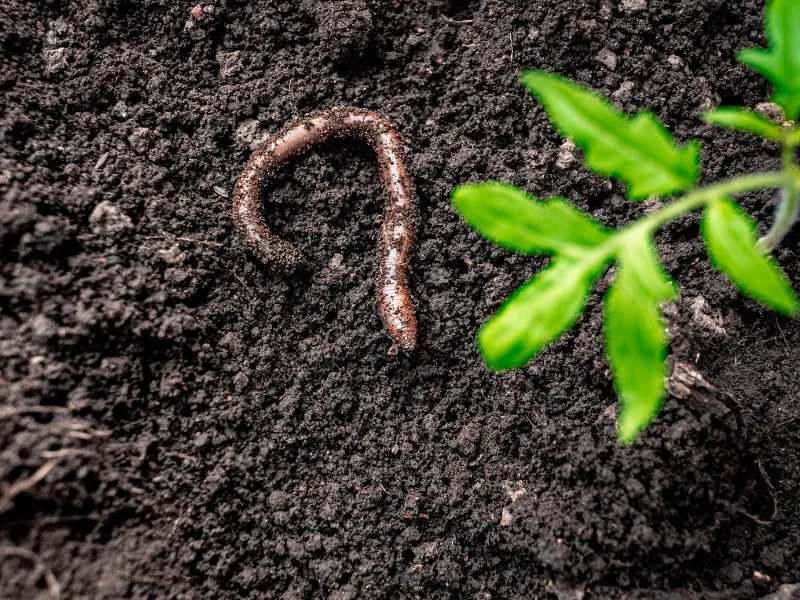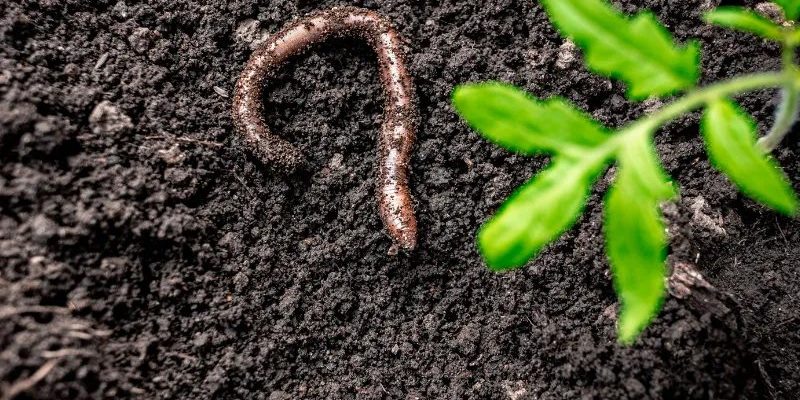
Hammerhead worms, known scientifically as *Bipalium*, are predatory worms that can wreak havoc on the beneficial organisms living in your soil. Not only can they impact your plants’ health, but they can also raise concerns when it comes to maintaining your indoor spaces. So, what steps can you take to keep your plants safe and sound from these slippery invaders? Let’s dive into some practical prevention tips to ensure your indoor garden remains a peaceful sanctuary free of hammerhead worms.
Understanding Hammerhead Worms
Hammerhead worms are typically found in tropical and subtropical regions, but they’ve made their way into many homes around the world. You might be wondering what makes these worms so special—or, rather, why they’re a cause for concern. They’re known for their distinct, hammer-shaped heads, which gives them their name. While they don’t pose a direct threat to humans or pets, they can seriously endanger the health of your plants by feeding on beneficial earthworms and other small organisms in the soil.
These nightcrawlers are quite resilient and can reproduce quickly, making them a potential nuisance for plant enthusiasts. If you’re nurturing potted plants indoors, keeping a lookout for these invaders is essential. They thrive in moist environments, so a little carelessness can turn your beautiful indoor garden into a habitat for these unwanted guests.
Signs of Hammerhead Worm Infestation
Recognizing a hammerhead worm infestation isn’t as tricky as it sounds. Here are some signs to watch for:
- Visible Worms: The most obvious sign is spotting the worms themselves. They can grow quite long, anywhere from a few inches to over a foot, and they may be brown, green, or even brightly colored.
- Soil Disruption: If you notice soil that looks disturbed or oddly arranged, it could be a sign of these critters burrowing through.
- Declining Plant Health: An overall decline in plant health, such as yellowing leaves or stunted growth, can indicate that something is off in your pot. While many factors can contribute to this, hammerhead worms might be a culprit.
Being vigilant about these signs can help you catch a potential infestation early. The sooner you act, the easier it’ll be to contain or eliminate the problem.
Prevention Techniques for Indoor Plants
Okay, so how can you keep these sneaky worms from invading your precious plants? Prevention is key! Here are some straightforward techniques to keep your indoor garden safe.
- Use Sterile Soil: When repotting or planting new plants, always opt for sterile potting soil. This helps reduce the chances of introducing hammerhead worms or other pests into your garden.
- Maintain Dry Soil: Hammerhead worms thrive in moist conditions. By allowing the top layer of soil to dry out between waterings, you can create an unfavorable environment for them to survive.
- Inspect New Plants: Always check new plants for pests before bringing them inside. It’s like giving your greenery a quick health check-up before they join the family!
Implementing these simple practices can go a long way in ensuring that your indoor garden remains hammerhead worm-free.
How to Remove Hammerhead Worms If They Appear
If you do spot a hammerhead worm, it’s essential to act quickly. Here’s how you can remove them safely:
1. **Hand Removal:** If you can safely catch the worm, do so using gloves. They can easily be mistaken for a harmless earthworm, but they’re not! Dispose of them responsibly by placing them in a sealed bag.
2. **Soil Replacement:** If your potting soil is heavily infested, consider replacing it entirely. Remove the plant, clean the roots gently, and repot it with fresh, sterile soil.
3. **Diatomaceous Earth:** This natural substance can be sprinkled on the soil surface. It’s harmless to plants and pets but can help deter or eliminate hammerhead worms from the soil.
By acting swiftly and following these steps, you can minimize the damage and keep your plants thriving.
The Role of Environment in Hammerhead Worms’ Lifecycle
One thing to consider is how the environment in your home affects the presence of hammerhead worms. These worms prefer moist, humid conditions, so if your indoor plants are in a particularly damp area, you might be inviting trouble.
Incorporating proper air circulation and light is crucial. Here are some tips to create a less appealing environment for them:
- Improve Air Flow: Opening windows, using fans, or arranging plants to avoid overcrowding can help reduce humidity levels.
- Limit Overwatering: Be mindful of how often you’re watering your plants. Overwatering can create a perfect breeding ground for these pests.
- Temperature Control: Maintaining a consistent temperature can deter hammerhead worms, as they thrive in hot, humid environments.
By being proactive about your indoor plant conditions, you can create an environment that’s less hospitable to hammerhead worms and more supportive of healthy growth.
Additional Tips and Considerations
Here are a few more bits of advice that might help you maintain a hammerhead worm-free environment:
- Quarantine New Arrivals: When you bring new plants into your home, place them in a separate area for a few weeks to ensure they’re not hiding any unwanted pests.
- Regular Inspections: Make it a habit to check your plants and soil regularly for any signs of pests or unusual activity. It’s an ongoing effort, but worth it.
- Educate Yourself: Understanding the life cycle and habits of hammerhead worms can help you better anticipate any potential issues.
Prevention is always easier than dealing with a full-blown infestation. With a little diligence and care, you can keep your indoor plants thriving.
Final Thoughts on Hammerhead Worm Prevention
Dealing with hammerhead worms in your indoor potted plants doesn’t have to be a stressful experience. By understanding what these pests are, recognizing the signs of an infestation, and implementing proper prevention techniques, you can protect your beloved plants. Remember, maintaining a dry and well-aerated environment, using sterile soil, and monitoring new plant arrivals will go a long way.
So, the next time you’re tending to your indoor garden, keep these tips in mind. With a little vigilance, you can enjoy a beautiful, healthy space free from hammerhead worms. Happy gardening!

